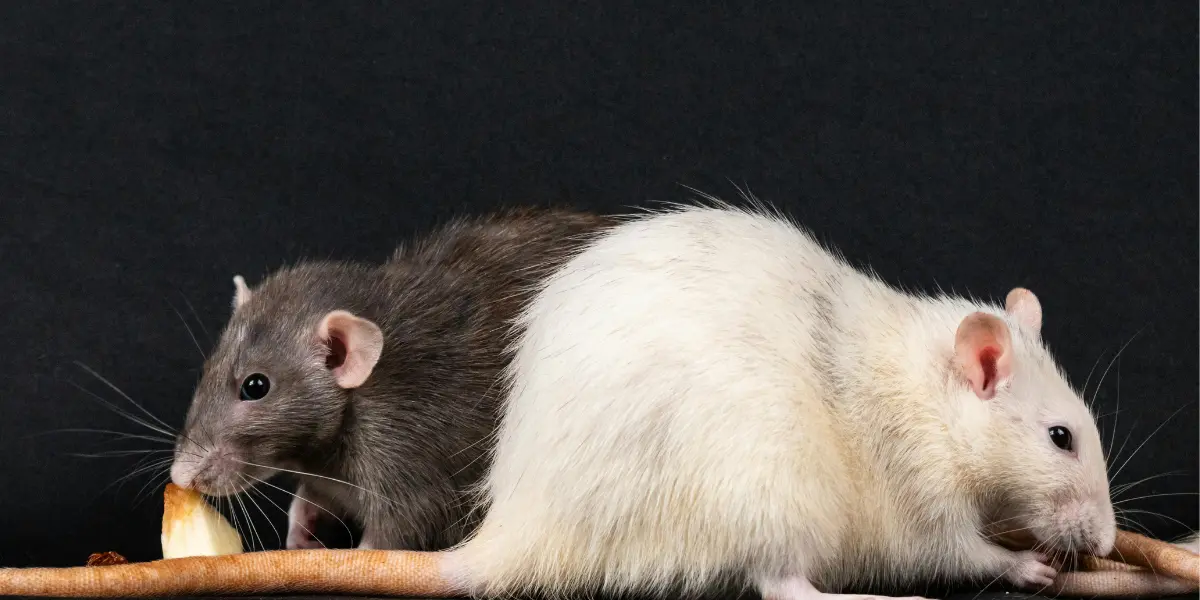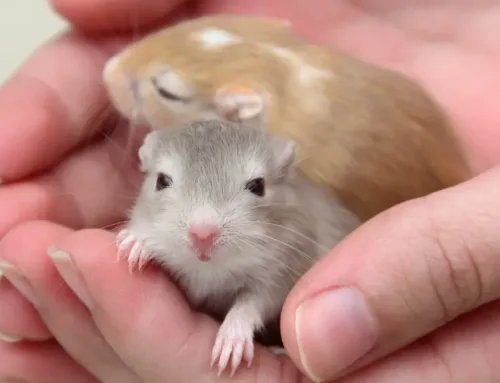Rats are considered among the most versatile mammals on earth. These smart rodents live in urban areas, farmlands, and even in wild environments because of their versatile diets. Have you ever asked yourself what do rats like to eat? It is not as simple as having one or two favorite foods. Rats are opportunistic omnivores, which means they will eat anything that comes across their path, but they do possess specific preferences that enable them to survive and reproduce in a vast number of conditions.
In this blog, we will discuss what rats feed on in their natural habitat, what brings them to our homes, and how their dieting habits affect the way people deal with these undesirable visitors.
Understanding Rat Diets in the Wild
Wild rats survive by foraging for anything they can find, but some foods are always at the head of their menu. Seeds and grains form a staple, which also gives them carbohydrates and energy that keep them going through their nonstop activities. Nuts, which include peanuts, walnuts, and almonds, are also popular; they contain healthy fats and proteins that are necessary for growth.
Another choice that is preferred is fruits and berries, which contribute natural sugars and water. Rats usually strip the fruit trees, bite on the fallen berries, and raid gardens when there is plenty of food. Plants, roots, and stems are also included in their diet and provide them with fiber and hydration.
Rats are opportunists, and that is all. They also feed on insects, worms, and even the small snails when they find them, which provides them with an added source of protein. Sometimes fungi, such as mushrooms, will be served on the menu, but rats will instinctively shun poisonous types. They will also scavenge carrion in hard times, which shows that they are also adaptable in challenging environments. If you’re dealing with problems caused by these rodents, it’s best to reach out to rat control in New Westminster for help.
What Rats Eat Around Human Homes
When rats move closer to people, their diet expands dramatically. Human activity provides easy access to food scraps, pet supplies, and waste, all of which can be used to create perfect meals. In kitchens or pantries, rats are drawn to cereals, rice, pasta, and stored grains. The sweetness of fruits and berries often lures them indoors, especially when left out in bowls.
Meat leftovers, cheese, and fatty foods appeal to their protein needs. Dry pet food is particularly tempting because it’s nutrient-rich and usually available overnight in feeding bowls. Trash bins are another common feeding ground, offering a buffet of discarded items.
Rats are resourceful, gnawing through packaging and climbing into cupboards if they smell something appetizing. Their strong sense of smell and determination make food storage a critical step in keeping them away.
Foods Rats Avoid
While rats are far from picky, some foods naturally deter them. Strong-smelling items such as raw onions, garlic, and spicy peppers are unappealing and often avoided. Capsaicin, the compound in hot peppers, is especially effective at driving them away. Understanding these dislikes can help in rat prevention and natural deterrent strategies.
Why Knowing What Rats Eat Matters
Learning what do rats like to eat is more than just curiosity. Their food preferences influence where they nest, how they spread, and the risks they pose. Left unchecked, rats contaminate stored food with droppings, gnaw on electrical wiring, and carry diseases. By limiting their access to food sources, people can significantly reduce the chances of infestation.
Proper waste management, secure food storage, and sealing entry points are some of the most effective ways to keep these rodents from moving in. Because rats rely so heavily on consistent food sources, disrupting their access is often the first step in controlling their presence. If the problem grows beyond prevention, you may need to contact rat control in Maple Ridge for professional help.
FAQs About Rat Diets
- Do rats prefer human food over natural food?
Yes, rats are drawn to human food because it is calorie-dense and easy to access. While they naturally eat seeds, fruits, and insects, they’ll quickly choose leftovers, pet food, and grains found in homes. - Will rats eat cheese like in cartoons?
Cheese can attract rats, but it’s not their top choice. They are more likely to go after peanut butter, seeds, or fatty foods because these provide higher energy and nutrition. - Can rats survive without meat in their diet?
Absolutely. Rats are omnivores, but they can survive on plant-based diets of seeds, grains, fruits, and vegetables. However, when protein sources like insects or meat scraps are available, they’ll readily consume them. - What foods should never be used to bait rat traps?
Foods like garlic, raw onions, or hot peppers are ineffective because rats naturally dislike them. For successful trapping, peanut butter, chocolate, or fatty meats are far more reliable. - Why do rats chew through packaging?
Rats have constantly growing teeth, so gnawing is part of their survival. When food is packaged in cardboard, plastic, or even thin metal, their sharp teeth can break through easily if they smell something inside.
Final Thoughts
Rats are survivors because of their wide-ranging diets and remarkable adaptability. From seeds and fruits in the wild to grains and leftovers in urban spaces, they will eat almost anything that provides energy and sustenance. Understanding what do rats like to eat helps us better prevent infestations and protect our homes, and if you need professional support, ASM Pest Control is always ready to help.. By limiting their access to food, managing waste properly, and recognizing their favorite meals, we can reduce the risks posed by these clever rodents.






